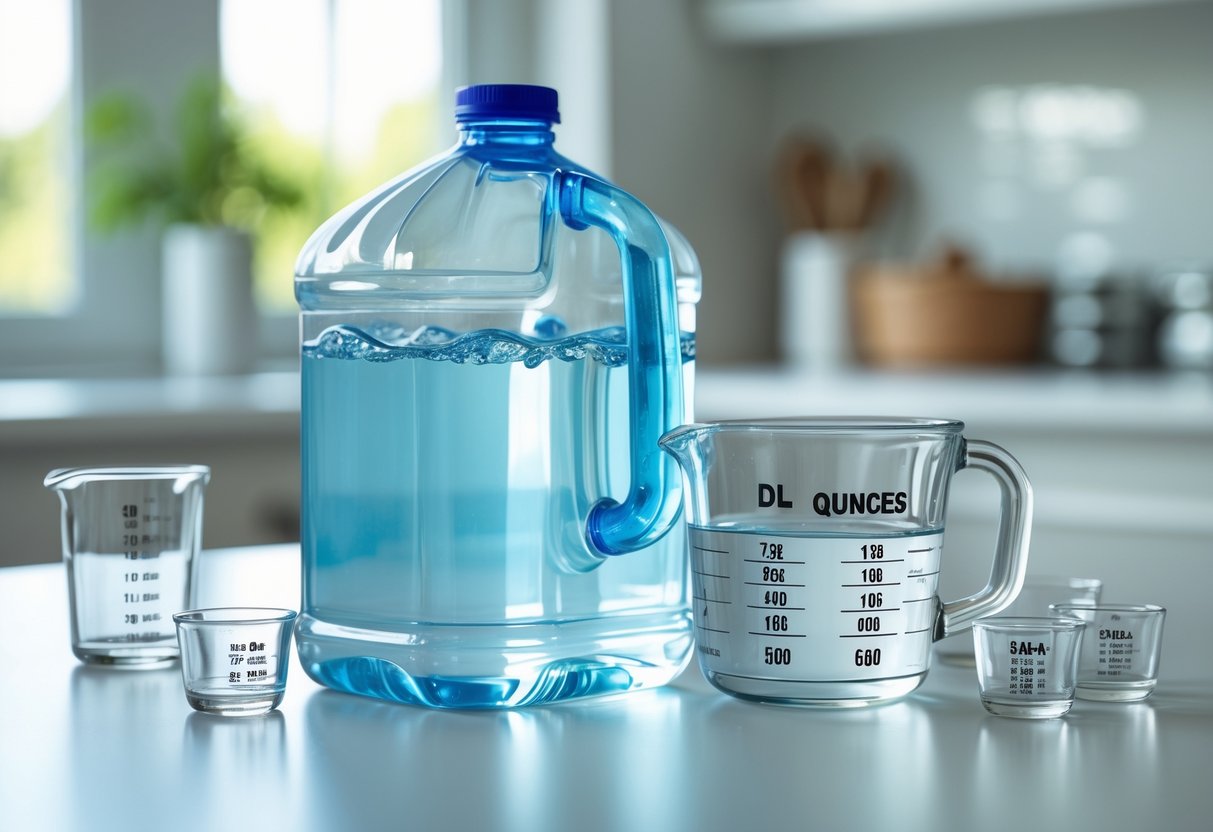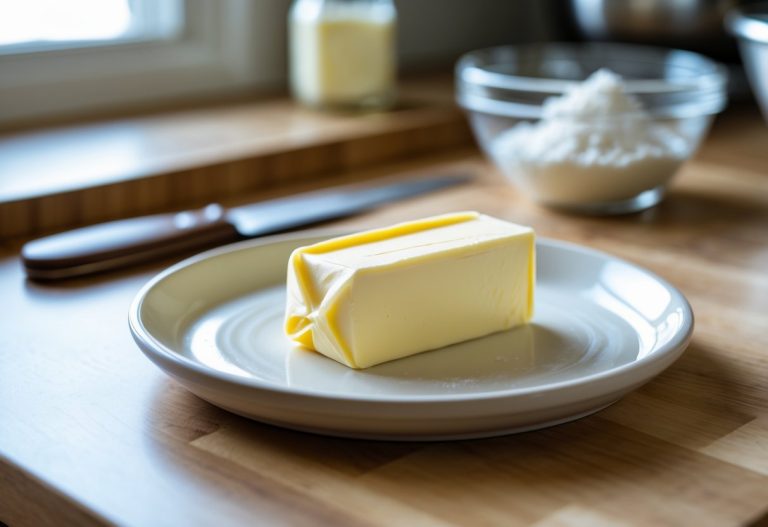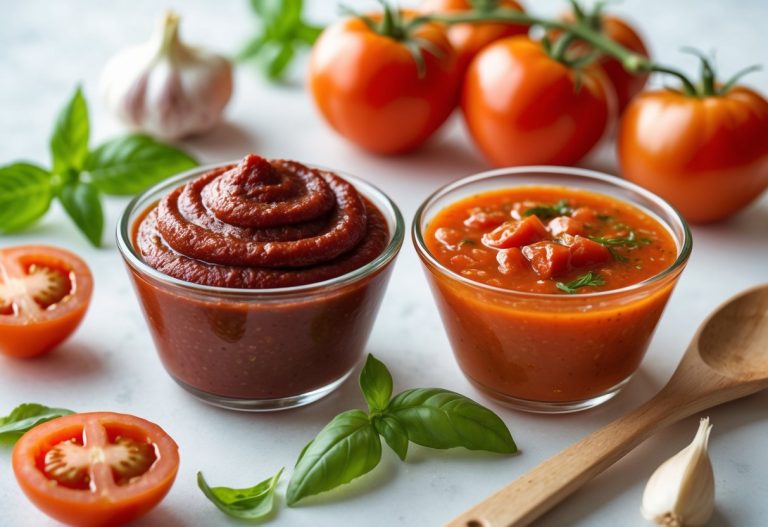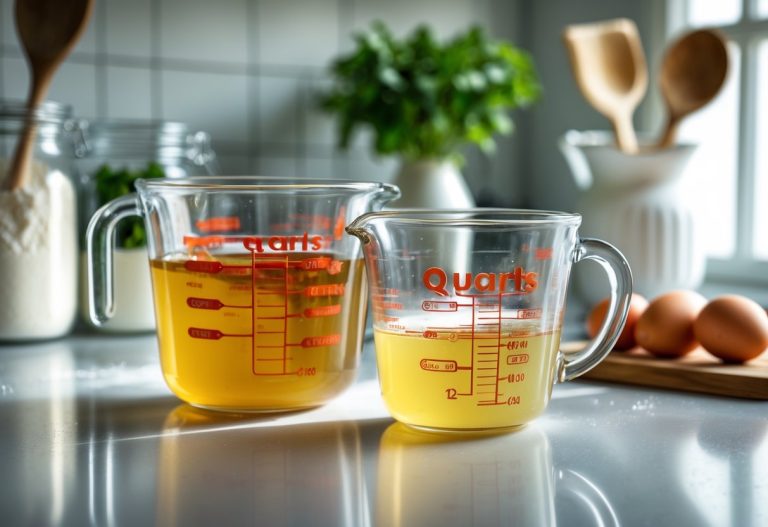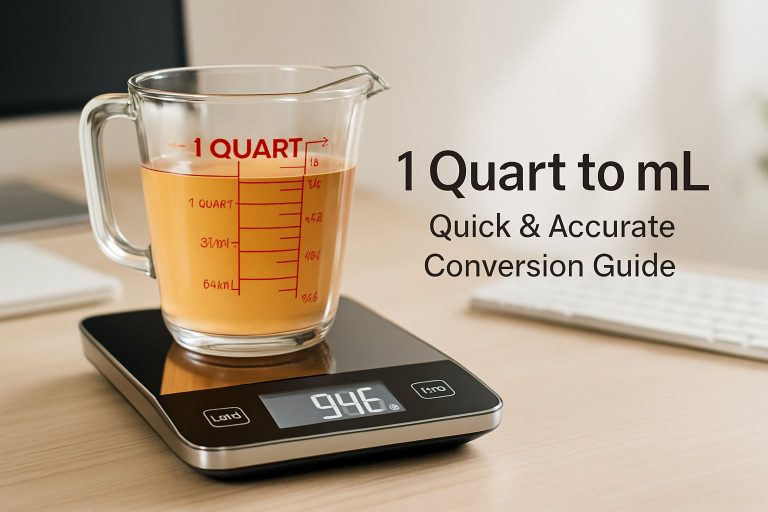How Many Ounces Is a Gallon Explained Simply for Everyday Use
If you’ve ever needed to measure liquids for cooking, cleaning, or filling up a container, you might have wondered how many ounces are in a gallon. Knowing this simple fact can save you time and help you get the right amount every time.
A gallon is a common unit for measuring liquids, especially in the US, and it’s useful to understand how it breaks down into smaller parts like ounces. This knowledge makes it easier when you need to convert or compare volumes in your daily tasks.
Whether you’re following a recipe, purchasing drinks, or working on a project, understanding how ounces and gallons relate can make things clearer. Keep reading, and you’ll find out exactly how these measurements connect and why it matters to you.
Understanding Gallons and Ounces

When you measure liquids, knowing the size of a gallon and what a fluid ounce means helps you understand precise amounts. Measurement systems like the US customary and Imperial system use different values, so it’s important to keep those differences in mind when converting between gallons and ounces.
What Is a Gallon?
A gallon is a unit used to measure volume, mostly for liquids. In the US, a gallon equals exactly 128 fluid ounces. This is called the US gallon or liquid gallon and is common in everyday use.
The Imperial system, used in countries like the UK, has a larger gallon. The Imperial gallon equals 160 fluid ounces. This means if you are working with gallons from different systems, the size varies.
You can also find dry gallons, but these are less common. Usually, when people talk about gallons, they mean liquid gallons for things like water, milk, or gasoline.
Defining Fluid Ounces
A fluid ounce measures volume, not weight. It shows how much space a liquid takes up. One US fluid ounce equals about 29.57 milliliters.
In the Imperial system, a fluid ounce is a bit larger, about 28.41 milliliters. Knowing this is key because when you convert fluid ounces to gallons, the total ounces in each gallon depend on which fluid ounce you use.
Dry ounces, on the other hand, measure weight, not volume, so they are different from fluid ounces. When you see recipes or liquid labels that say “ounces,” they usually mean fluid ounces.
Gallon vs. Fluid Ounce: Measurement Differences
The main difference between gallons and fluid ounces is size and system. One US gallon has 128 US fluid ounces. This is a fixed ratio to help you convert quickly.
In the Imperial system, 1 gallon equals 160 imperial fluid ounces. This means you get more fluid ounces per gallon compared to the US system.
Here’s a quick comparison:
| System | Gallon Size (fluid ounces) | Fluid Ounce Volume (ml) |
|---|---|---|
| US Gallon | 128 US fluid ounces | 29.57 |
| Imperial Gallon | 160 Imperial fluid ounces | 28.41 |
When doing measurements, knowing which gallon and fluid ounce you’re using avoids mistakes in cooking, fuel, or other liquids.
How Many Ounces Are in a Gallon?

You will find that the number of ounces in a gallon depends on the measurement system used. Knowing the difference between US and Imperial gallons helps with cooking, shopping, and measuring your daily water intake. It also makes it easier to understand related units like quarts, pints, cups, and milliliters.
Ounces in a US Gallon
A US gallon contains 128 fluid ounces. These fluid ounces measure volume, which makes it perfect for liquids like water, milk, or juice.
If you have a half-gallon, like a common milk container, that means it holds 64 fluid ounces.
This conversion is useful when you want to know how many smaller bottles or cups you can fill from one gallon. For example:
- 1 gallon = 128 fluid ounces
- 1 half-gallon = 64 fluid ounces
- 1 quart = 32 fluid ounces
- 1 pint = 16 fluid ounces
Ounces in an Imperial Gallon
The Imperial system, used mostly in the UK and some other countries, measures gallons differently. An Imperial gallon has 160 fluid ounces.
This means the Imperial fluid ounce is smaller than the US fluid ounce. So, the same volume can look different when measured in Imperial fluid ounces compared to US fluid ounces.
Here’s what you should remember:
- 1 Imperial gallon = 160 Imperial fluid ounces
- This is larger than the US gallon by about 20%.
This matters if you deal with recipes or products from different countries.
Comparing Other Units: Quarts, Pints, Cups, and Milliliters
To understand ounces better, it helps to know related units:
| Unit | US Fluid Ounces | Milliliters (approx.) |
|---|---|---|
| 1 gallon | 128 fluid ounces | 3,785 ml |
| 1 quart | 32 fluid ounces | 946 ml |
| 1 pint | 16 fluid ounces | 473 ml |
| 1 cup | 8 fluid ounces | 237 ml |
Quarts, pints, and cups all measure smaller amounts of liquid. For example, one US gallon equals four quarts or eight pints. Using these units can help when measuring ingredients or tracking daily water intake.
Milliliters are part of the metric system. You might see products list volume in both ounces and milliliters so you can understand it no matter where you live.
Real-Life Examples: Daily Water Intake and Common Uses
For your daily water intake, knowing the ounces in a gallon can help you track how much you drink. Most health experts suggest drinking about 64 ounces (half a gallon) of water daily for adults.
If you buy a gallon of milk, it will contain 128 fluid ounces, which usually lasts several days depending on your household.
Many beverage containers use ounces, like a 32-ounce bottle of water, which is a quart. When you know these sizes, you can better manage portions during meals or workouts.
Just remember:
- 1 US gallon = 128 fluid ounces of water or milk
- 1 half-gallon = 64 fluid ounces, often sold in stores
- You can measure your water in cups (8 oz each) to meet your daily goals.
